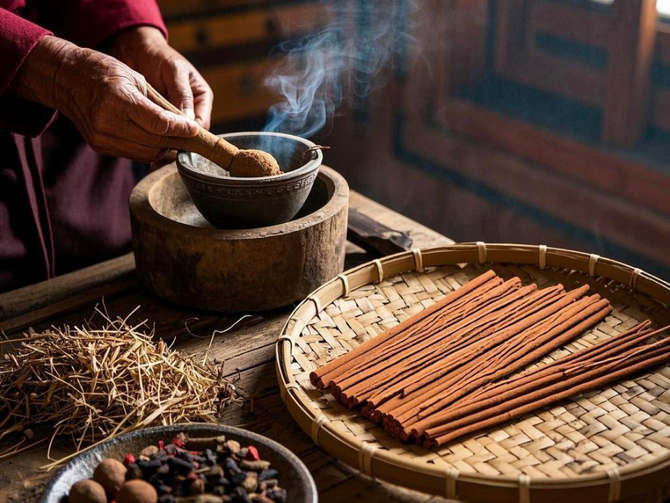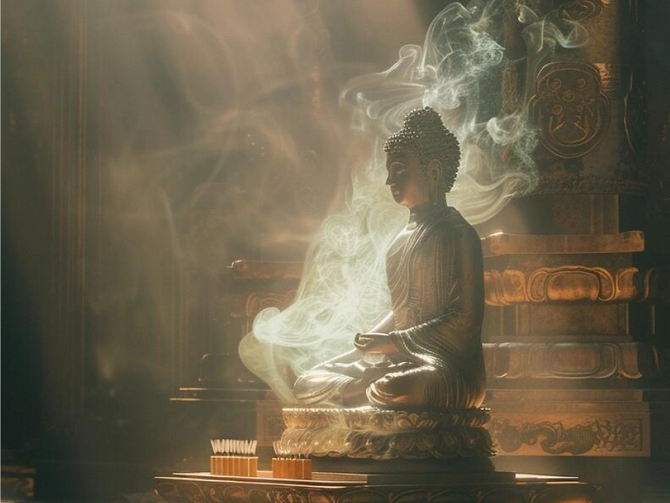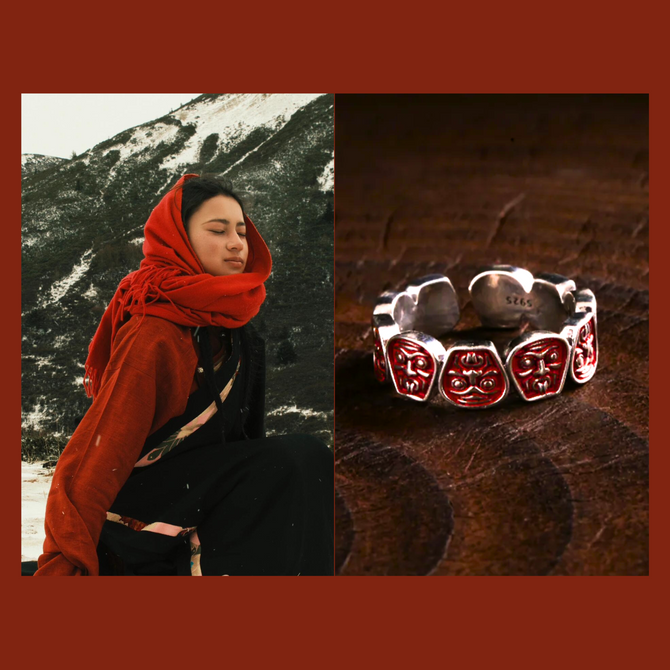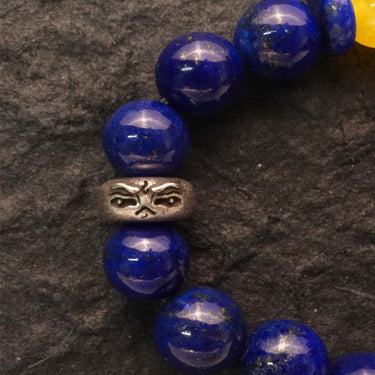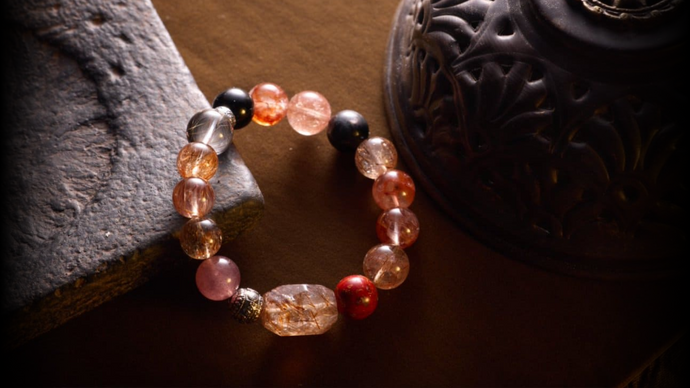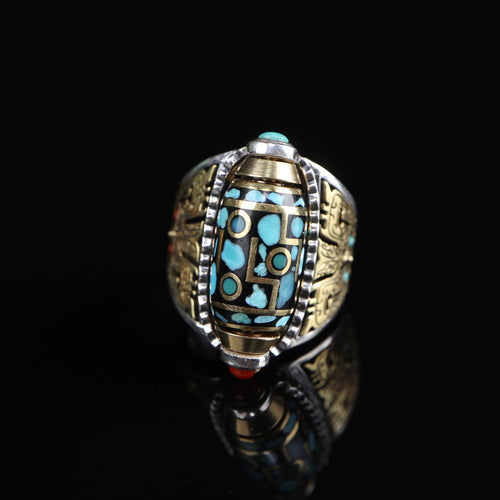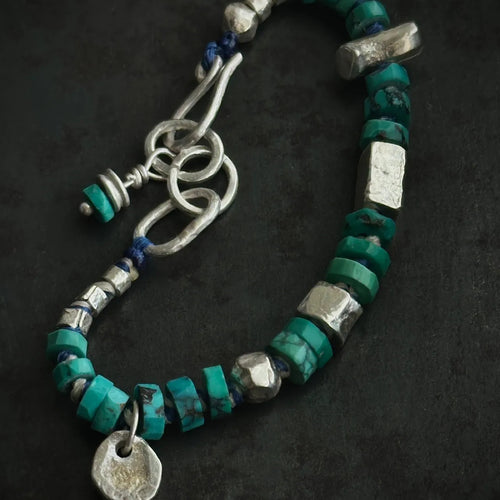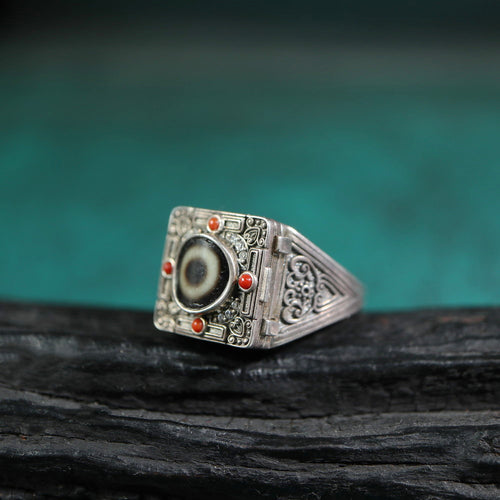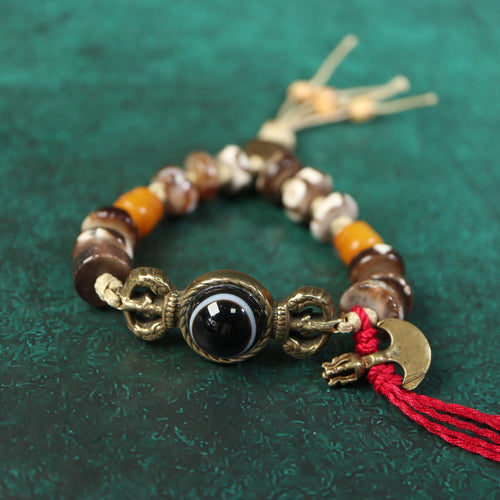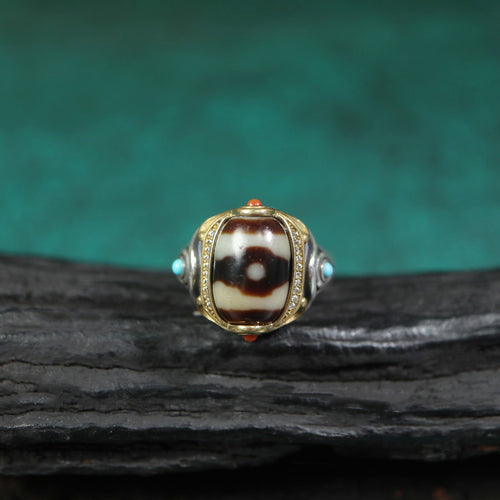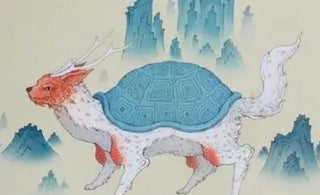
The world of oriental art is a treasure trove of cultural richness, timeless beauty, and profound symbolism. At Oriental Aesthetics, we take great pride in providing systematic, high-quality professional services for oriental artists, collectors, and enthusiasts who appreciate and love classical oriental art. In this article, we embark on a journey to explore the unbreakable bond between the turtle and oriental art, delving into its cultural depths and the mesmerizing motifs it has inspired.
The Enduring Symbolism of the Turtle
The turtle, with its ancient lineage and fascinating characteristics, has long been revered in oriental art for its profound symbolism. Within different Asian cultures, the turtle represents a myriad of profound meanings, including longevity, wisdom, protection, and harmony with nature. Its association with longevity stems from its remarkable lifespan, often spanning several decades, making it a symbol of enduring life and resilience.
In oriental art, the turtle is often depicted as a creature that possesses great wisdom. Its slow and deliberate movements serve as a metaphor for wisdom gained through patience and experience. The turtle's ability to withdraw into its shell symbolizes the importance of self-protection and introspection, reminding us of the need to retreat and reflect during challenging times.
Moreover, the turtle's connection to the natural world is another aspect of its symbolism. As an aquatic creature, it is closely tied to water, which is considered a symbol of life, purity, and regeneration. The turtle's association with water further emphasizes its harmonious relationship with nature and the cyclical patterns of life.
In addition to its association with longevity and wisdom, the turtle is also regarded as a protective symbol. Its sturdy shell serves as a shield against external threats, representing the need for protection and resilience in the face of adversity. This aspect of the turtle's symbolism is particularly significant in oriental cultures, where the belief in spiritual protection and warding off negative energies is deeply ingrained.
The enduring symbolism of the turtle in oriental art reflects the profound cultural values and beliefs held by different Asian societies. Its representation in various art forms, including paintings, sculptures, and ceramics, showcases the artistic mastery and attention to detail of oriental artists throughout history.
The Turtle in Chinese Art
In Chinese art, the turtle holds a prominent place, embodying both cosmic symbolism and earthly virtues. It is considered one of the four celestial animals, representing the north and winter in traditional Chinese cosmology. The turtle's revered position is further enhanced by its association with the legendary Black Tortoise of the North (Xuanwu), a powerful deity symbolizing protection, wisdom, and the ability to ward off evil spirits.
Classical Chinese paintings often feature the turtle as a central motif, meticulously rendered with intricate brushwork to capture its distinctive features. These artworks not only celebrate the physical beauty of the turtle but also convey profound philosophical concepts. The turtle's slow and deliberate movements serve as a metaphor for wisdom gained through patience and experience, while its ability to withdraw into its shell symbolizes the importance of self-protection and introspection.
The Turtle in Japanese Art
In Japanese art, the turtle, known as "kame," holds its own unique significance. It is closely associated with the legendary deity Genbu, one of the four celestial guardians of Japan. Genbu, depicted as a hybrid creature with the head of a turtle, embodies protection, wisdom, and the ability to ward off evil spirits. The turtle's association with longevity and wisdom is also prevalent in Japanese folklore, where it is believed to possess magical powers and serve as a symbol of good fortune.
Traditional Japanese paintings often showcase the turtle in serene natural settings, reflecting the deep reverence for nature and the harmonious relationship between humans and the environment. The delicate brushwork and subtle color palettes used to depict the turtle and its surroundings evoke a sense of tranquility and contemplation.
The Turtle in Korean Art
In Korean art, the turtle, known as "geobuk," is regarded as a symbol of longevity, wisdom, and stability. It is often depicted in various art forms, including paintings, ceramics, and sculptures. The turtle's presence in these artworks serves as a reminder of the importance of embracing wisdom gained through the passage of time and the need for resilience in the face of challenges.
Korean artists skillfully portray the turtle's form, capturing its intricate shell patterns and gentle movements. These artistic representations often incorporate elements of nature, such as rocks, water, and vegetation, creating a harmonious composition that reflects the strong connection between the turtle and its natural habitat.
Contemporary Interpretations and Beyond
While rooted in tradition, the turtle motif continues to inspire contemporary oriental artists. They infuse their creations with innovative interpretations, exploring the enduring themes of longevity, wisdom, and harmony in new ways. Contemporary turtle art showcases a diverse range of styles, from vibrant paintings that blend traditional techniques with modern aesthetics to sculptures that experiment with materials and forms.
Oriental Aesthetics is committed to preserving and promoting the cultural significance of the turtle motif in oriental art. Through our systematic and high-quality professional services, we provide a platform for talented oriental artists to showcase their turtle-inspired creations. Our curated collection and comprehensive exhibitions offer collectors and enthusiasts the opportunity to engage with these captivating artworks, celebrating the rich heritage and artistic brilliance they embody.
Conclusion
The turtle's unbreakable bond with oriental art is a testament to its enduring symbolism and profound cultural significance. From Chinese paintings that depict the turtle's wisdom and protection to Japanese artworks that celebrate its association with longevity and harmony, the motifs inspired by the turtle captivate the imagination and invite contemplation.
At Oriental Aesthetics, we are dedicated to preserving, promoting, and celebrating the turtle motif in oriental art. Our mission is to provide systematic, high-quality professional services for oriental artists, collectors, and enthusiasts who appreciate and love classical oriental art. With our curated collection, exhibitions, and comprehensive services, we create a platform that showcases the beauty, cultural depth, and artistic brilliance of turtle-inspired artworks.
Join us at Oriental Aesthetics in exploring the captivating world of oriental art, where the turtle's timeless symbolism continues to inspire and enchant.


